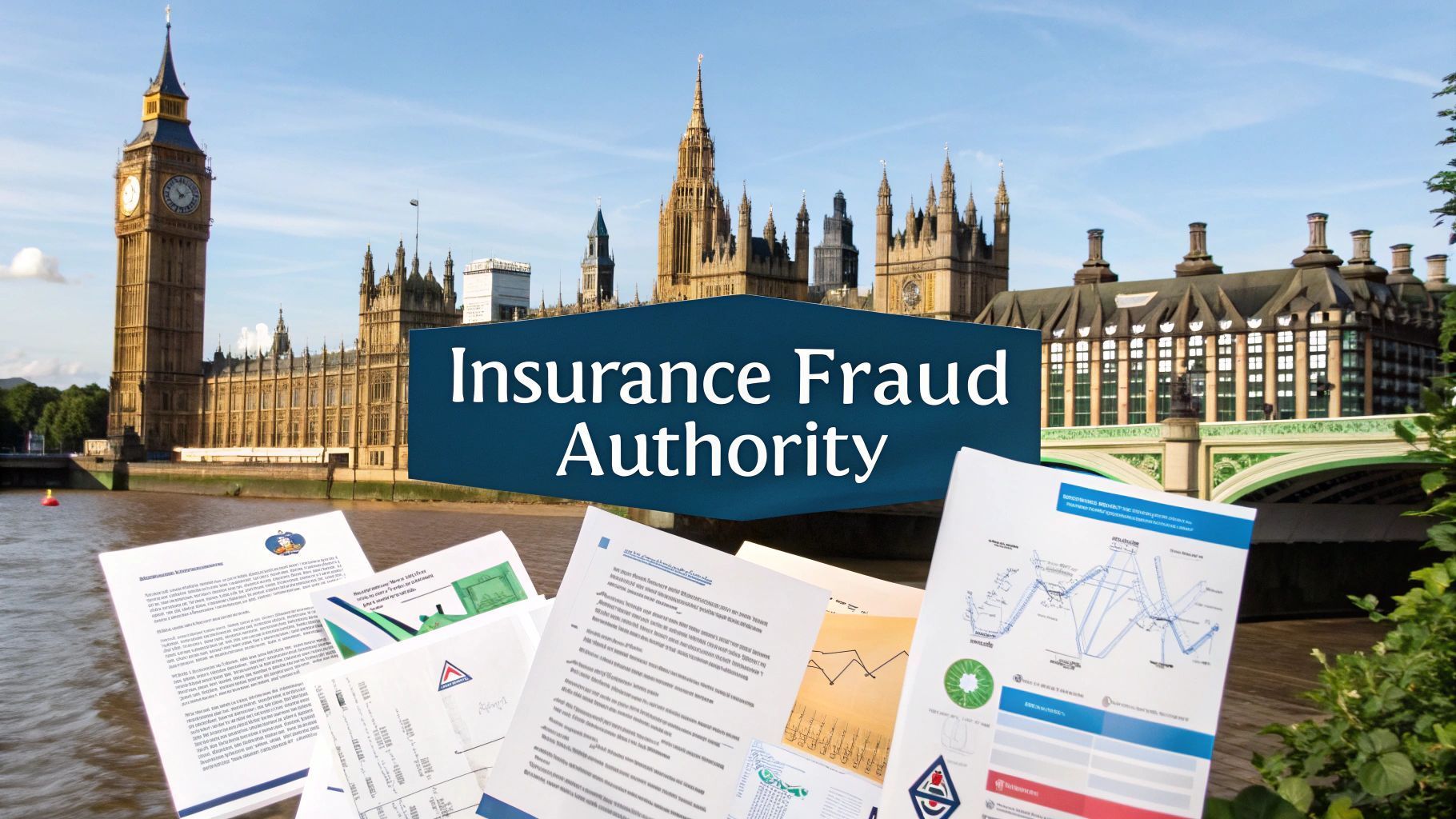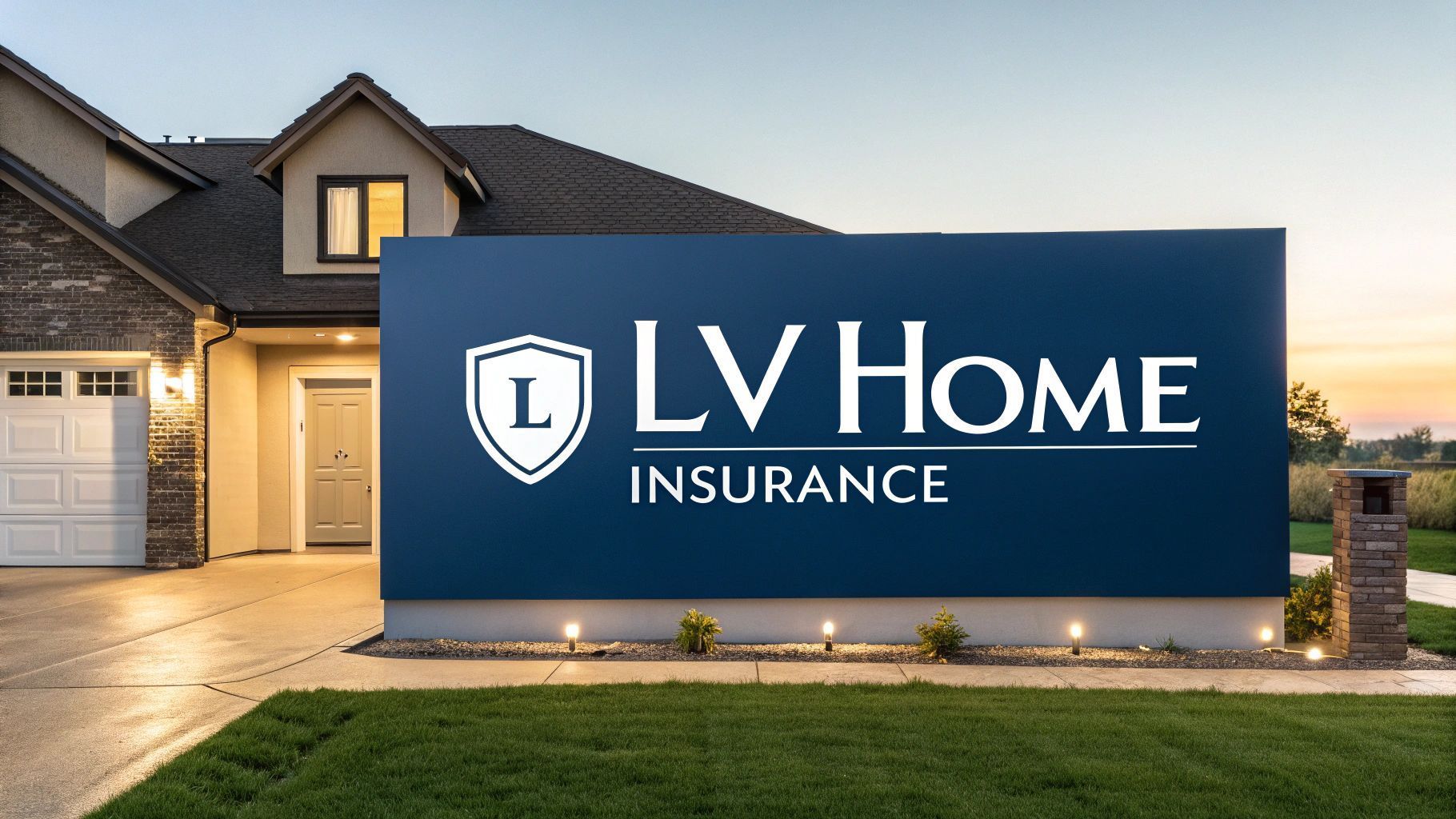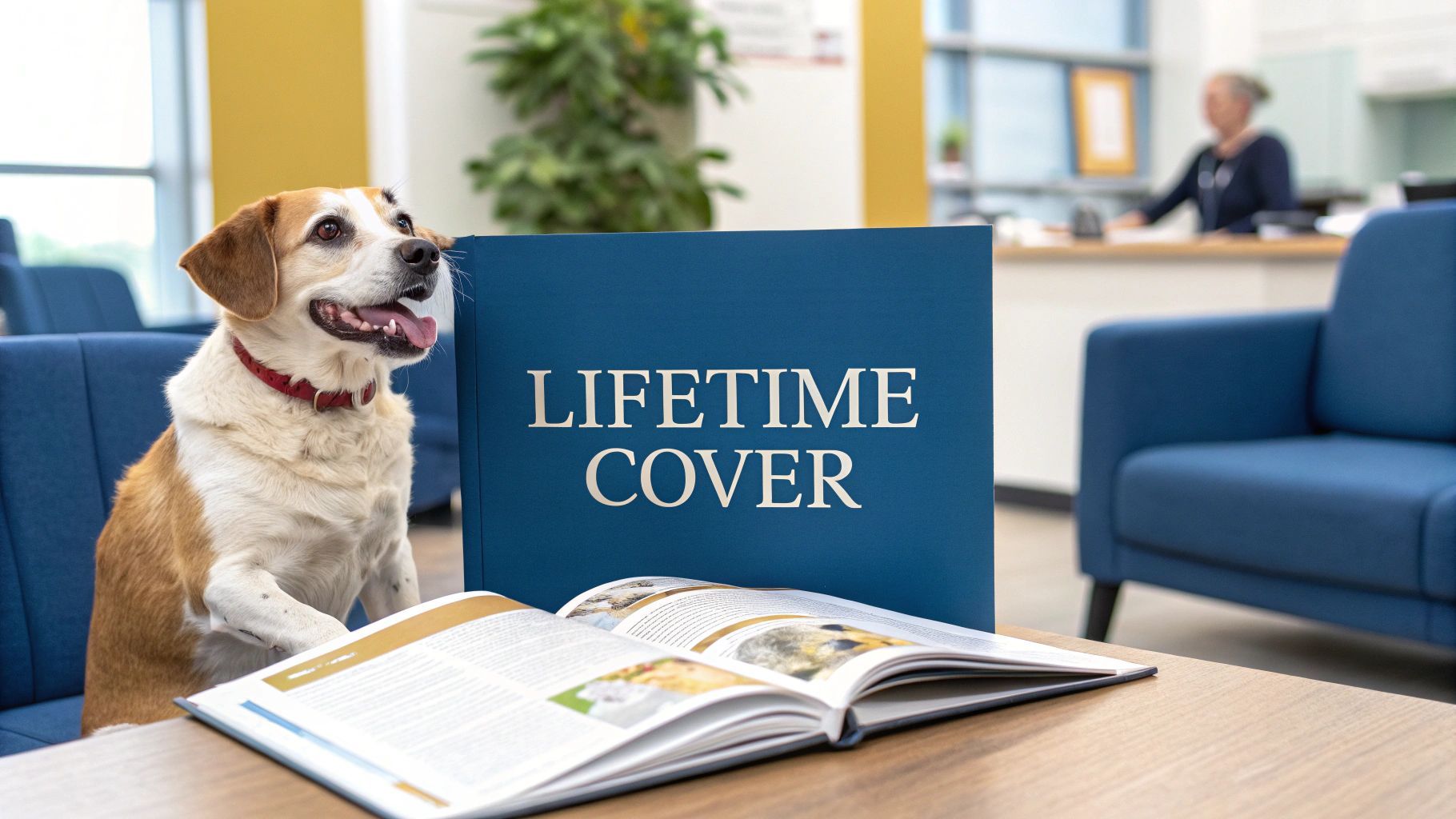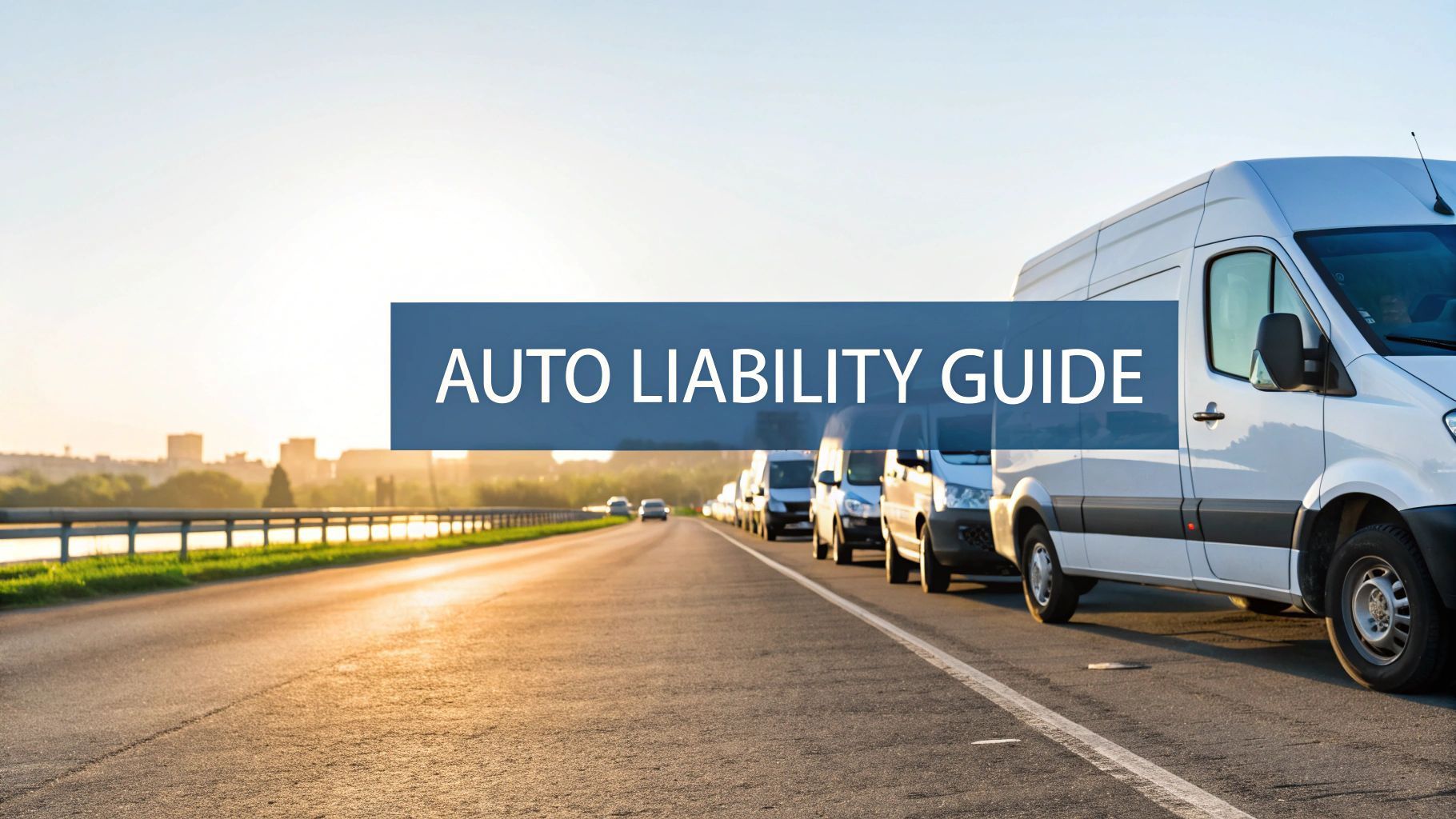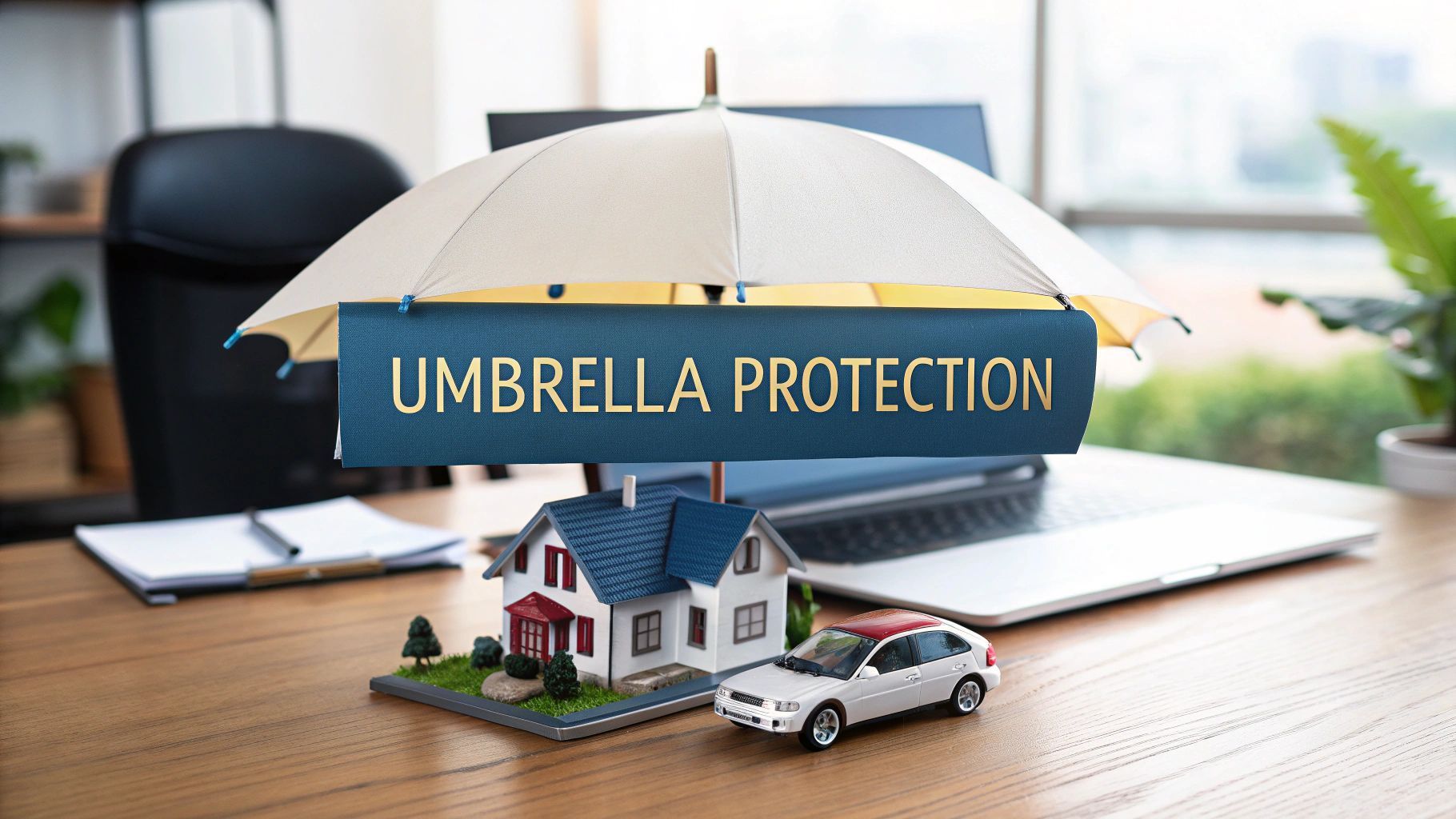The Psychology of Claims: How Transparency Builds Trust
Understanding the role of openness in modern insurance experiences

The emotional impact of claims
For many policyholders, making an insurance claim is a moment filled with stress and uncertainty. Whether it is recovering from a household incident or navigating a business disruption, the process often comes at a time when emotions run high. In these circumstances, how an insurer handles the claims journey shapes not just the outcome of the case but the overall perception of the provider.
Transparency is critical in this context. When individuals understand what to expect, feel informed about progress, and are not left questioning hidden decisions, their confidence in the insurer grows. Openness transforms what could be an adversarial process into one based on collaboration and reassurance.
The link between transparency and trust
Trust is the cornerstone of any relationship between insurers and policyholders. In an era where digital services have raised expectations for speed and clarity, opaque processes are no longer acceptable. Transparency serves as a powerful trust signal by:
- Clarifying how decisions are made and ensuring fairness
- Reducing the perception of risk in the claims journey
- Empowering policyholders to make informed choices
- Demonstrating accountability on the part of insurers
By proactively explaining what information is needed, why delays may occur, and how claims are assessed, providers eliminate unnecessary doubts. This not only increases satisfaction but also reduces the likelihood of disputes.
The psychology of information gaps
Behavioural science shows that people are uncomfortable with uncertainty. When there is a lack of information, the human mind often fills the gap with assumptions, which are rarely positive. In insurance, this can lead policyholders to suspect unfair treatment, even when none exists.
Transparent communication addresses this psychological need for certainty. Regular updates, accessible documentation, and clear explanations help manage expectations and create a sense of control. This reassurance reduces anxiety and strengthens the long term relationship between insurer and customer.
Technology as an enabler of openness
Modern insurance technology plays a central role in improving transparency. Intelligent claims platforms can automate routine updates, provide real time tracking, and make documentation accessible through secure portals. These tools reduce administrative burden for insurers while giving policyholders the clarity they seek.
Features such as automated notifications, digital evidence uploads, and AI supported case reviews streamline the process. Importantly, technology does not replace human empathy but enhances it by ensuring staff can focus on conversations that require sensitivity and understanding.
Benefits for insurers and policyholders alike
Transparency is not just a customer benefit; it has measurable advantages for insurers. Organisations that embed openness into their claims processes often see:
- Higher customer satisfaction scores
- Increased policyholder retention
- Lower dispute and complaint rates
- Improved operational efficiency
For policyholders, the benefits are equally tangible. They gain confidence that they are being treated fairly, save time through efficient communication, and develop a stronger sense of loyalty to providers who value openness.
Building transparency into claims strategies
Creating a transparent claims journey requires more than simply sharing data. It involves designing processes that prioritise clarity at every stage. Key practices include:
- Providing step by step guidance on the claims process
- Offering regular updates with realistic timelines
- Making terminology and requirements easy to understand
- Using digital platforms that allow real time visibility
- Training staff to communicate with empathy as well as accuracy
These approaches ensure that transparency is not an afterthought but a defining feature of the insurer’s brand experience.
Conclusion
The psychology of claims highlights a simple truth: policyholders value certainty, fairness, and honesty above all else. By embracing transparency, insurers can reduce stress for their customers, build trust and strengthen long term relationships. As technology continues to evolve, the ability to offer clear, open, and reassuring claims experiences will become not just a competitive advantage but a fundamental expectation across the insurance industry.
Proova believes that trust is built when insurers and policyholders meet on common ground, and transparency is the bridge that makes it possible.


